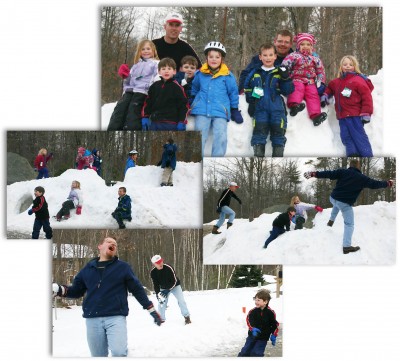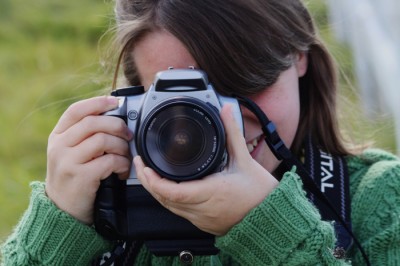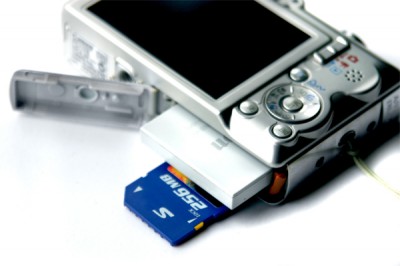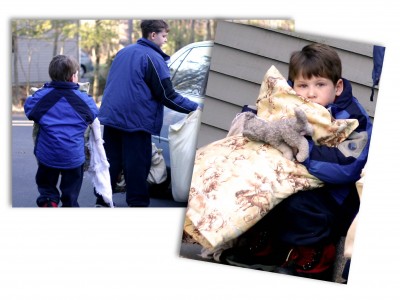by Debbie Hodge
Think about this next statement and let it guide your everyday photography:
The photos you take of everyday life are not necessarily pictures from memorable events, but, rather, they are representative illustrations of your life.
What I mean is: you don’t snap that photo of taking out the garbage because it was one very special garbage night, but rather to have a snapshot of a recurring activity in your life.
Now that I’ve shared my profound thoughts on taking everyday life photos, here are some practical tips:
1) Keep the batteries charged, the card empty, and the camera handy so that it’s easy to take photos.
What’s more – if you’re photographing people, hand the camera (ready to shoot) to them, and ask them to take a couple pictures of you. Get your kids, spouses, and friends in the habit of including you.
2) Consider and include context.
- That living room décor is going to change eventually, so let parts of it get into the photos. The same goes for parks, restaurants, and other favorite haunts. Take some photos that are farther back to reveal the location.
- If the activity has relevant items, tools, props, get a photos or even ask someone to pick them up.

These photos are from a lunch outing with one of my best friends, her daughter and my youngest son. We ate at a restaurant maintained by the university’s hospitality school that just happens to have been (and now is again) a train station. Close-up shots plus others from farther back let me remember the place as well as the outing.
3) Be the wall(flower).
- Try to be unobtrusive so that your subjects continue what they’re doing naturally. Shoot for a while without saying “look here!”
- Use your zoom lens to stay back and still get closer-in shots.
- Listen to what’s going on—and maybe use it in your journaling.

From past experiences, I knew that while the action here was incredible, the photos probably wouldn’t be. When I suggested a group shot at the end, the group was happy to oblige and now I have a strong focal-point photo to go with the action shots.
4) Make sure to get one good shot.
It can be really hard to get good group activity shots (at the pool, on the basketball ourt, having a snowball fight, playing ball in the yard). You want to capture the moment, but the photos end up with small subjects and lots of landscape. While you should absolutely capture that energy and context, try, also, to take the time to get one good shot. This could be a close-up of one or two subjects, a group pose at the end of the event, or a picture of something important in the environment or activity (i.e., a mittened hand holding a snowball). When you have this one good shot, it will focus your page and make clear what the activity is.
5) When you’re not going to be at the main event take a photo before or after with some indication of what’s coming and use that with journaling– the concert tickets, the sleepover bag packed, the golf clubs in the trunk. The photos here show my youngest son just before he left for his first sleepover.




